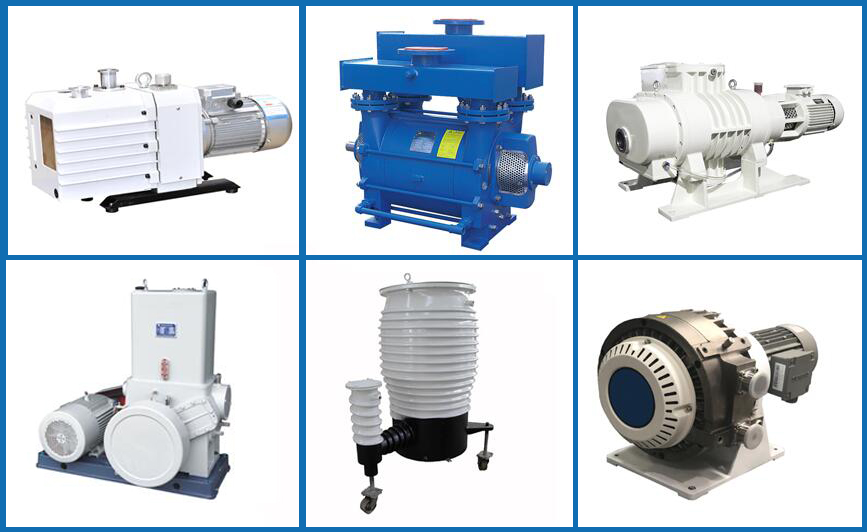vacuum pumps selection
The relationship between vacuum degree and pressure in the selection of vacuum pump
In the selection and use of vacuum pump, we usually use the limit pressure or vacuum degree, pumping speed, flow and other parameters to determine the performance of vacuum pump. Then there will be a problem, many customers will struggle with the relationship between vacuum and pressure. Vacuum pump manufacturers will often get confused at the beginning of contact with vacuum. Today we will be familiar with the relationship between them.
Vacuum and pressure
In the simplest words, the higher the vacuum, the lower the pressure. In detail, we should start with the meaning of vacuum and pressure.
Vacuum degree refers to the thinness of gas. We usually use “high vacuum degree” and “low vacuum degree” to express it. That is to say, the thinner the gas is, the higher the vacuum degree is. On the contrary, the lower the vacuum degree is. In terms of expression, pressure has always been used. The pressure in vacuum system is synonymous with pressure, which refers to the vertical force of gas on the surface of solid or liquid per unit area. Therefore, it can be generally understood that the more gases, the greater the natural force on the surface of the object, the greater the pressure; on the contrary, the less gases, the smaller the force, the smaller the pressure.
Together, the higher the vacuum, the thinner the gas, that is to say, the less the natural pressure on the object; the lower the vacuum, the more the gas, the greater the pressure.
So when we select the type of vacuum pump, we can see that the lower the limit pressure is, the higher the vacuum degree of the representative vacuum pump is, the more thorough the corresponding pumping performance is, and the lower the pressure can be achieved in practical application.


